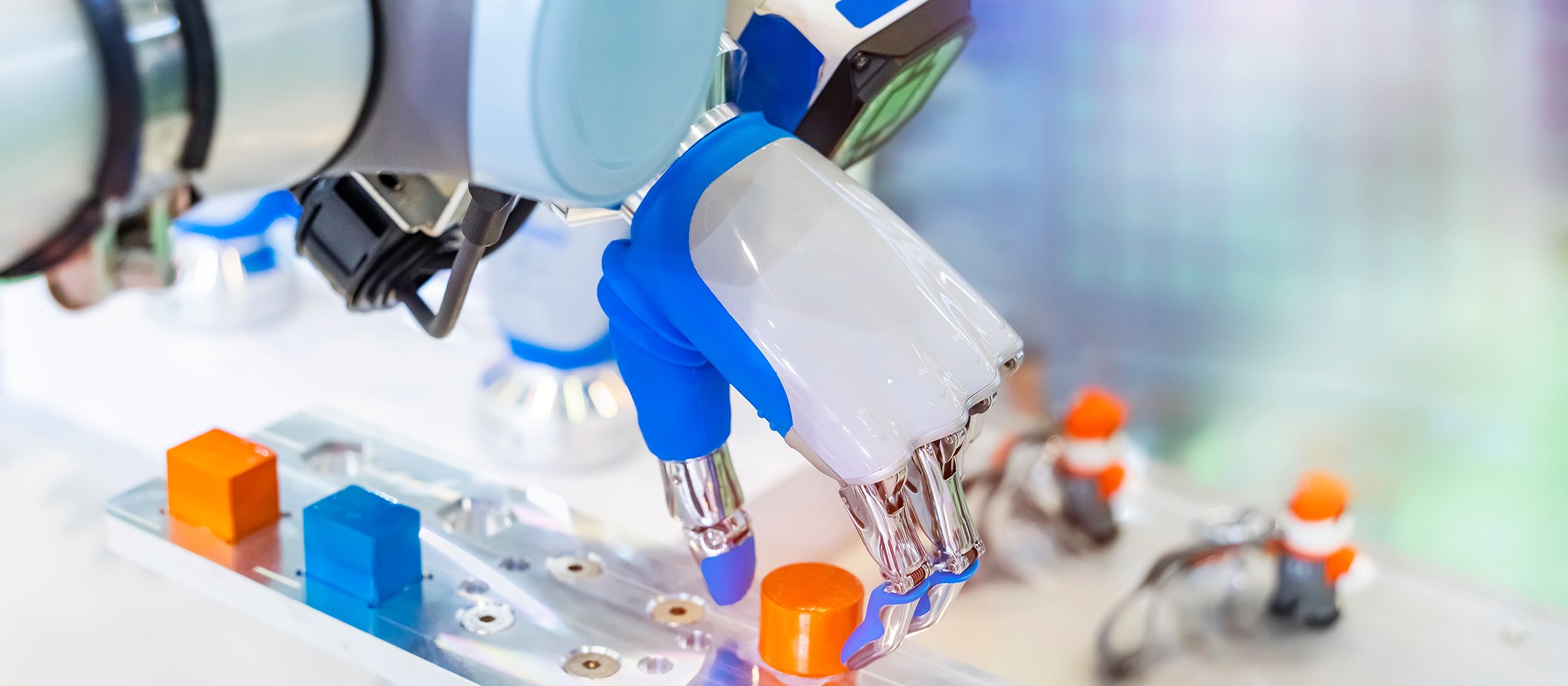AI as a Medical Device: navigating compliance in the UK and the EU
The UK government is currently emphasising the potential of innovative technology to enhance the effectiveness and efficiency of patient care. Both of the recently published NHS England » Fit for the Future: 10 Year Health Plan for England and Life Sciences Sector Plan - GOV.UK highlighted the potential for harnessing the power of technology, and AI in particular, to support the delivery of healthcare. Other initiatives, such as innovator passports and the Medtech Compass, aim to reduce repetitive compliance and validation tasks and bring effective MedTech swiftly into operation.
So how does that align with recent communications from NHS England urgently halting the deployment of AI scribing tools in the NHS if they are not at least a Class I medical device? This restrictive approach seems to contradict NHS England’s own guidance that addresses whether or not an AI scribing tool should be considered a medical device.
In this blog, we will look at the current regulatory expectations for developers, and how to navigate the development process in collaboration with the NHS.
We compare these trends with what is happening in the EU, where pushback against double-layered regulation may be leading to a change in approach.
What is a medical device?
Going back to basics, the Medical Devices Regulations 2002 definition of a medical device includes software which is intended to be used for human beings for a variety of medical purposes. This can include anything within the diagnosis, monitoring or treatment space relating to injuries or diseases. It also includes software forming part of another device that is intended by the manufacturer to be used specifically for diagnosis or therapeutic purposes.
When is AI a medical device?
We recently explored some of the issues surrounding borderline devices in the healthcare space (Understanding borderline products - medical devices, MedTech and health apps). Traditionally with borderline software products, the very basic analysis is often whether the software is simply replacing an existing “hard copy” system or if it is doing anything with the data which could influence the treatment of the patient. The same principles can be applied to AI tools.
The particular example in the NHS England briefing was AI scribing tools, which are now commonly used by clinicians to support them with note-taking in consultations with their patients. Nominally, this is a simple administrative use of AI. The line becomes less clear if the AI tool does anything on top of transcription such as summarizing the conversation (which may already be a medical device). When the AI starts interpreting symptoms, producing a summary, offering suggested treatment plans or suggestions for diagnosis, it is likely in medical device territory and would need to meet the relevant regulatory requirements to be placed on the market or put into service.
Can AI be deployed without a medical device classification?
To what extent AI tools can be used in healthcare without a medical device classification will depend on what the AI tool does and how it is being used.
Assuming the AI tool would be classified as a medical device, it could still be lawfully made available without a UKCA marking in certain limited circumstances. One of those includes where it is being used as part of a clinical investigation, usually undertaken to gather clinical data in support of the registration of the device with the MHRA. There are still regulatory safeguards in place in relation to these activities, intended to ensure that appropriate regulatory oversight is present for such activities. In those instances, the device would not necessarily be registered with the MHRA, but the investigation would be notified to them.
We would therefore assume that the NHS England guidance is aimed at products which are actively being marketed and sold, rather than deployments which are part of a proper investigation.
Practical considerations
Although the compliance hurdles for deploying AI tools in the NHS are complex (this blog only touches on the medical device angle: data privacy and information security have their own requirements), resources are available to support developers.
The starting point should be determining whether the proposed AI tool qualifies as a medical device and then which pathway and classification would apply. The MHRA’s Software Group provides support for pre-market queries and technical file reviews. There is also a helpful roadmap from the MHRA which can guide through topics like clinical evaluation and usability testing.
Depending on the tool, the AI Airlock (a regulatory sandbox launched in 2024) could be utilized by developers to test AIaMD in real-world NHS settings under regulatory supervision.
Looking beyond medical device regulation, it is also worth engaging early with clinicians and the NHS to help understand how the tool could fit into NHS workflows and understand data governance requirements. This can help design tools in alignment with clinical needs and with NHS Digital and NHS England requirements.
Comparison with the EU Legislation
In the EU, the placing on the market of AI based medical devices is governed not only by the Medical Devices Regulation (EU) 2017/745 (MDR), but also the AI Act (EU) 2024/1689. The AI Act came into force on 1 August 2024 and is the first legislative act worldwide that solely and comprehensively deals with the regulation of AI systems.
The MDR adopts a risk-based approach and provides that most software (including AI systems) with a diagnostic or therapeutic purpose is classified as a class IIa medical device and therefore requires a CE mark before it is marketed within the EU. In case of class IIa medical devices, manufacturers will need to perform a conformity assessment procedure with full involvement of a notified body. In addition to the conformity assessment procedure, manufacturers will also need to conduct a conformity assessment procedure under the AI Act, as class IIa medical devices software is automatically classified as a “high-risk” AI system. Only in exceptional cases, e.g. where the AI system is mainly supporting the self-management of a patient in living a healthy life (e.g. health apps etc.), would the software be classified as a class I medical device and therefore not require the involvement of a notified body, nor adherence to the AI Act.
Manufacturers are therefore now facing high regulatory hurdles before placing an AI based medical device on the EU market. In addition to that, the conformity assessment procedures under the MDR as compared to the AI Act are not fully aligned and contradict each other to some extent. This leads to a situation of legal uncertainty for many manufacturers, and presents a huge challenge. Manufacturers must ensure that they fulfill all of these regulatory requirements, while avoiding “over-fulfillment” and associated higher costs.
Conclusion
The regulatory landscape for AI in healthcare is evolving rapidly, but the direction of travel is clear: patient safety, transparency, and collaboration are paramount and early engagement with the MHRA and relevant NHS stakeholders can smooth the path to deployment of tools which could, ultimately, benefit our entire healthcare system as well as individual patients.
In the EU, the regulatory framework for AI based medical devices is very complex and poses many challenges for manufacturers. Industry associations are calling on the legislative bodies to revise the regulatory landscape, particularly with regard to the promising field of AI, as the current system is preventing manufacturers from investing in the EU market.
In July 2025, the EU Commission announced its Life Sciences Strategy aiming to position the EU as the global leader in life sciences by 2030. One of the measures planned to help achieve this goal is the EU Biotech Act (anticipated for 2026). This would simplify the regulatory landscape, including as it affects AI. Manufacturers will need monitor these developments closely to understand the changing picture for the EU market.

Subscribe to our GvW Newsletter here - and we will keep you informed about the latest legal developments!







